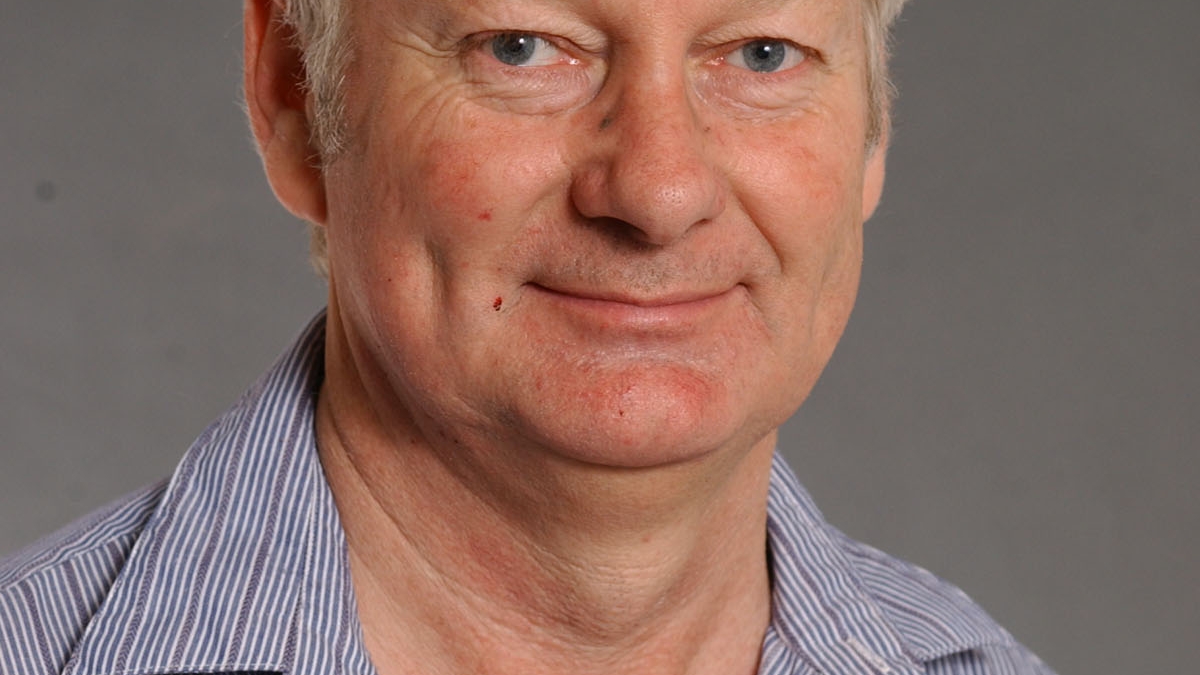ASU physics professor elected Fellow of the Royal Society

Arizona State University Regents' Professor John C.H. Spence has been elected as a Fellow of the UK Royal Society, as a foreign member.
The Royal Society is a fellowship of many of the world’s most distinguished scientists drawn from all areas of science, engineering and medicine, roughly equivalent to the U.S. National Academy of Sciences.
The society dates back to the 1660s, and its fundamental purpose is to recognize, promote and support excellence in science and to encourage the development and use of science for the benefit of humanity. Albert Einstein, Stephen Hawking, Charles Darwin and Sir Isaac Newton have been members of the Royal Society.
Spence is among the 2015 class of fellows, which includes 47 Fellows (selected from the British Commonwealth) and 10 Foreign Members. Spence was elected as a Foreign Member, on account of his dual U.S.-Australian citizenship.
“This award is great honor and credit to all the ASU graduate students and postdocs I have worked with in physics, and to the support I’ve had from the university, since I first joined Professor John Cowley’s group several decades ago,” Spence said.
Spence is the Richard Snell Professor of Physics, at ASU. He also is the director of science for the National Science Foundation’s BioXFEL Science and Technology Center.
Spence has had a distinguished career making several significant contributions to biology and materials science. Most recently Spence – with Henry Chapman, of University of Hamburg, and ASU's Petra Fromme, Uwe Weierstall, Rick Kirian and Bruce Doak – developed the first application of x-ray free-electron lasers (XFEL) to structural biology using protein nanocrystals. They pioneered femtosecond serial crystallography, the technique that uses the lasers to peer into protein structure and make movies of molecular machines at work.
Spence has also been a world leader in the development and application of atomic-resolution electron microscopy. He co-invented a widely used technique for locating impurity atoms in nanocrystals, developed with J.M. Zuo a method for mapping chemical bonds in crystals, and published with H. Kolar the first observation of dislocation kinks at atomic resolution and in motion.
Working with many gifted graduate students and postdocs at ASU physics for nearly 40 years, Spence has developed new microscopies and spectroscopies, which have given scientists new eyes to understand atomic processes in solids.
Sir Paul Nurse, president of the Royal Society, said of this year’s class of fellows:
“Without scientific knowledge, we might not be able to solve some of the greatest challenges of our time – food shortages, climate change and tackling diseases. The scientists elected to the Fellowship of the Royal Society this year are leaders in their fields and have contributed much to the scientific endeavor. We are delighted to welcome them alongside the likes of great British scientists such as Newton, Boyle and Darwin.”